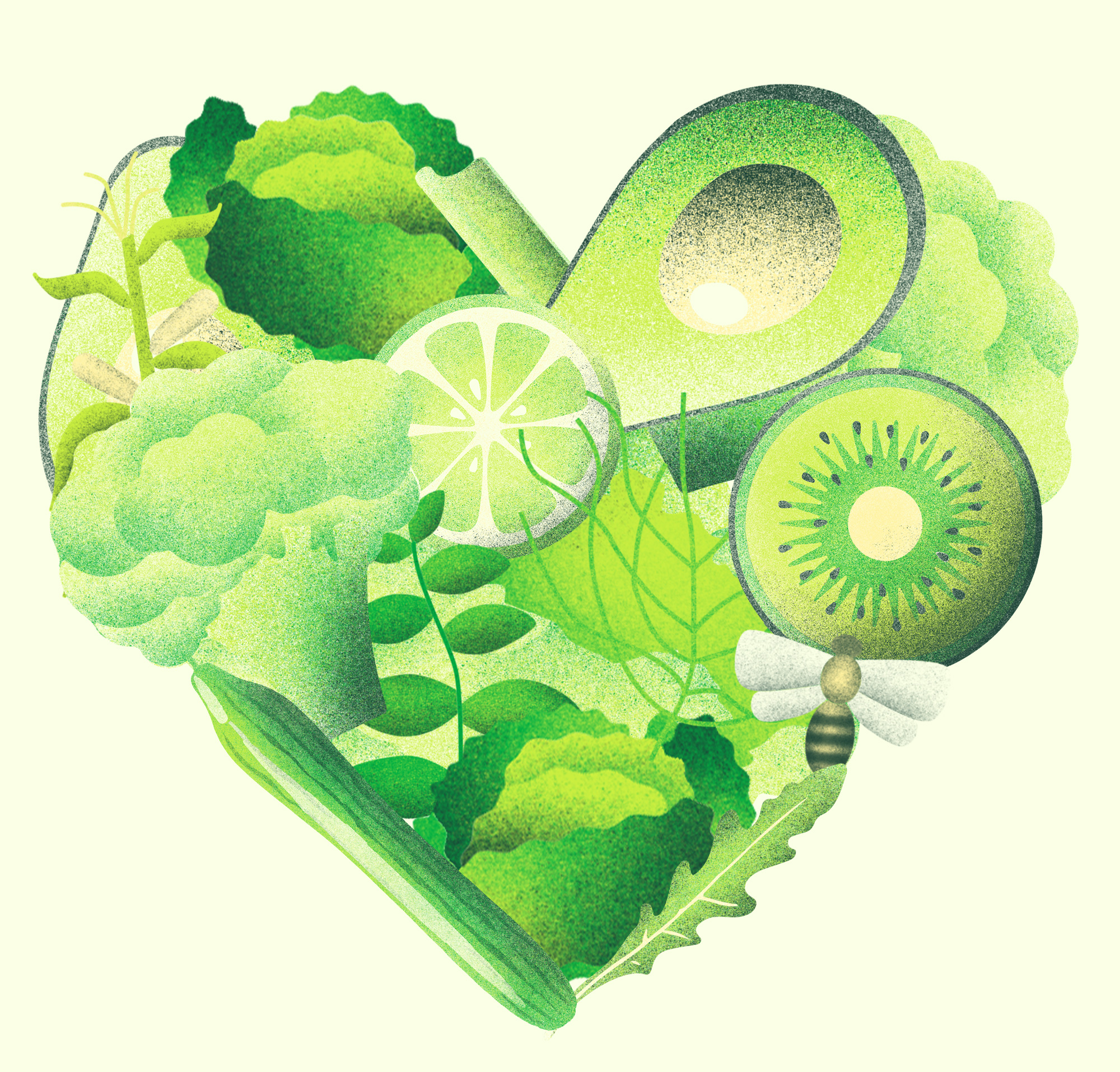Is animal-based food really that bad for the environment?
A brief history of animal farming
About 12,000 years ago, humankind experienced the largest food system transformation to date when we transitioned from a hunting-gatherer lifestyle to domesticated livestock and farming. The shift provided a more predictable and consistent source of animal-based protein and fat, contributing to population growth and the development of human civilization.
During the 1960s, another shift occurred. Domesticated livestock evolved into industrialized animal farming, drastically increasing meat and dairy production further while reducing its cost and making it widely more accessible. Until this point, there had been a natural balancing loop limiting the growth of meat and dairy production: we could only raise as many animals as we could feed, and producing animal feed was restricted due to its resource intensity, primarily related to land use and water. With industrialized farming, however, this balancing loop diminished as our ability to grow animal feed rapidly increased, and with it, the number of animals a farmer could sustain.
In the past 60 years, the number of animals raised for slaughter increased by 10x due to industrialized farming. As meat and dairy production increased, so did a range of new, systematic challenges, such as antibiotic resistance and deforestation. While these emerging challenges are highly complex, the underlying root cause problem is simple: animals are inherently inefficient at converting animal feed to protein and fat for human consumption.
The Current State: Nature's limitations on further increases in animal-based food production
In today’s industrialized animal agriculture, animals are used as small production units designed to convert animal feed to protein and fat for human consumption. This is not only problematic from an ethical point of view, but it also doesn’t make sense from a resource efficiency perspective since animals are really inefficient production units. We’re using far more natural resources to grow animal feed than the nutrition we get from the animal. For example:
- Feed conversion: Producing one kilo of beef (equivalent to 2,500 kcal) requires over 130,000 kcal of animal feed and 15,000 liters of water.
- Land use: Almost 80% of agricultural land is used for livestock and animal feed production, equivalent to a surface area exceeding North America and Europe combined. Despite this, livestock only produces 18% of the world’s calories.
We’ve already exceeded the planetary boundary for land use expansion and can’t expand land use further without adding significant risk to our planetary balance.
- Biodiversity loss: Beef production alone drives 41% of total deforestation, converting 2.1 million hectares annually from forest to farmland. This is comparable to the state of New Jersey.
We’ve already exceeded the planetary boundary for biodiversity loss and can’t risk further damage to our already endangered ecosystems.
- GHG emissions: Animal farming drives 15-18% of all human-induced greenhouse gas emissions globally. This is comparable to the energy use for all commercial and residential buildings.
We’ve already exceeded the planetary boundary for GHG emissions and urgently need to find ways to cut emissions.
On the social side, although the historic expansion of animal agriculture has lifted millions out of malnutrition, today’s industrialized production levels have reached an inflection point where further expansion increases food safety risks. Again, this is due to the inherent inefficiency of raising animals for human nutrition, for which the only way to increase production efficiency has been to pack more animals into higher-density environments. This has created stressful conditions for the animals that compromise their immune systems, making them more susceptible to infection. To combat this, antibiotics are increasingly used to treat and prevent disease among farm animals and fish, which has led to staggering antibiotic resistance in humans, killing hundreds of thousands of people annually. Worsened conditions for farm animals have also increased the risks for zoonotic diseases (i.e., diseases transmitted from animals to humans), which can trigger global pandemics, such as COVID-19.
Resource depletion and declining animal health have become nature’s new balancing loops, limiting further expansion of industrialized animal agriculture in its current form. At the same time, demand for animal-based food products is expected to rise by 60% by 2050, driven by population and income growth, while reversing planetary boundary pressure requires a 50% reduction in red meat consumption and a 50% increase in plant-based foods. For this to be possible while meeting growing demand, we need new ways to produce meat sustainably while greatly expanding and improving plant-based alternatives.
Are you interested in learning more about how Sustainable Proteins and Fats fit into our Theory of Transformation of the global food system? Check out Food is Solvable!
-p-500.webp)





.jpg)






